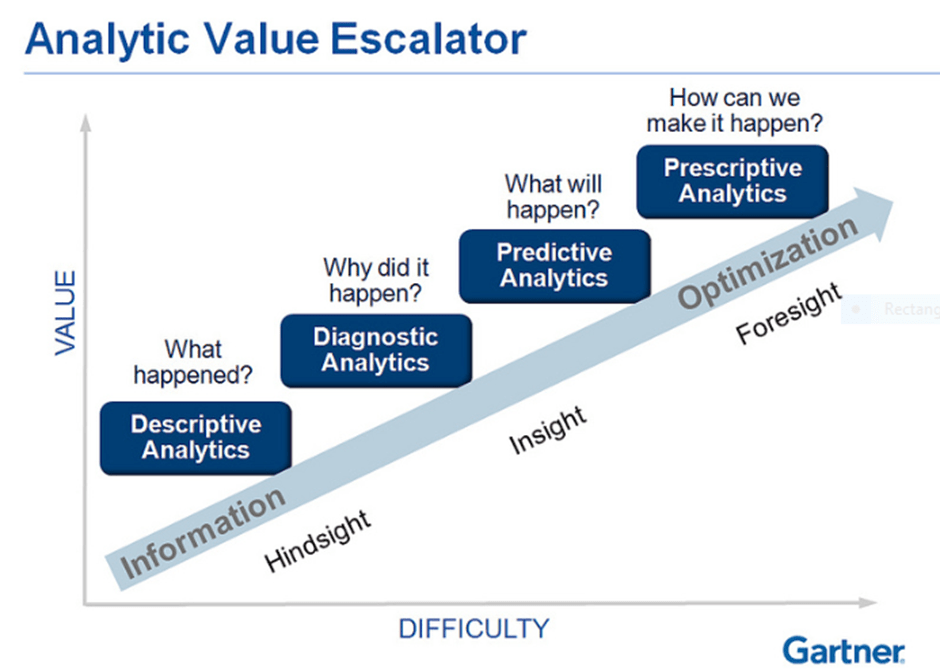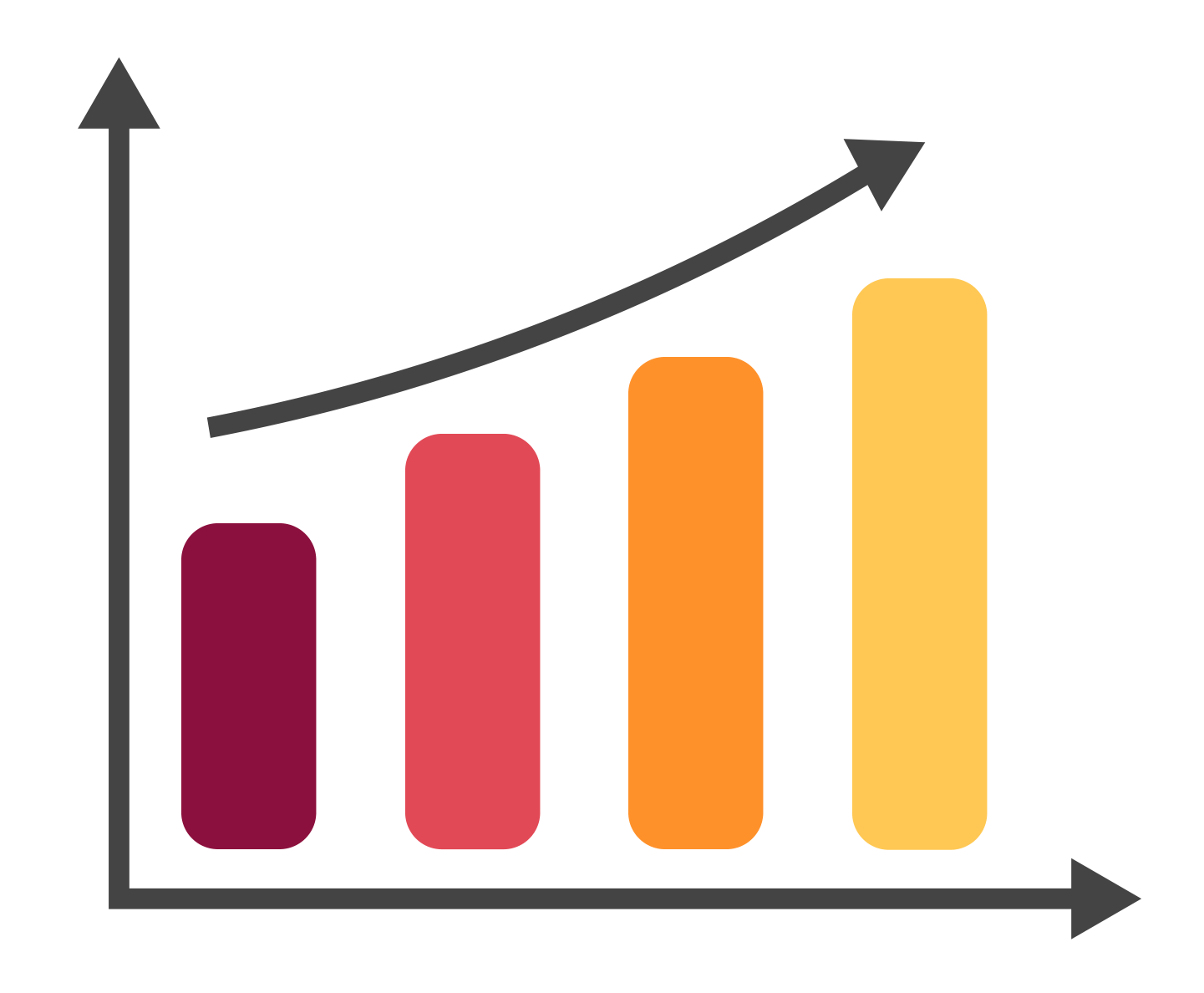The huge increases in data gathering means more useful information is available to provide valuable intelligence to businesses and organisations of all types and sizes in diverse ways.
A key element of this is being able to predict what might happen in the future based on solid data driven evidence: this is where predictive analytics comes in.
What Is Predictive Analytics?
In short, predictive analytics uses historical data to predict future events and trends.
Data gathered over time is used to develop a ‘reference’ model based on information such as trends, usage or whatever the key metric is. This data model is used with current data to predict future events and perhaps suggest appropriate actions to take.
The key to effective predictive analytics is to develop reliable and tailored systems, so seeking the services of a specialist predictive analytics expert is an important consideration.

How Does Predictive Analytics Work?
The heart of predictive analytics is data – and lots of it. The rise of big data – where huge amounts of information from various sources is being gathered, stored and analysed – has brought technologies such as predictive analytics to the fore in various business related planning and predictive applications.
Meaningful predictive analytics requires plenty of data to create powerful models and systems, and that’s what big data basically provides.
The increase in data gathering, and the cost-effective methods of storage such as the cloud, has brought data driven tech into the orbit of businesses and organisations both large and small.
Data models can be developed to fulfil various types of business need from predicting future buying trends, planning production schedules based on demand and resources, monitoring and assessing the performance of equipment so repair, maintenance and replacement schedules can be planned ahead for and more.
To make the most of raw data and to create useful ‘predictive models,’ specialist data mining tools are used to create algorithms and other developing tech, such as machine learning, which is deployed to establish patterns in data.
Hardware As Part Of Data Analytics
Hardware such as sensors on machines often plays a part where monitoring is involved.
For example, if the aim of a particular predictive analytics function is to predict how long a certain piece of machinery will run before requiring maintenance (so as to accurately plan around the down time of the machine being out of commission for example), sensors attached to or built into it would gather salient information.
This data could include factors such as: run time, operating temperature, recording machine malfunctions (so as to build a reliability history) and more.

How Can Predictive Analytics Help A Business?
Modern predictive analytics can help businesses of various types in many ways:
Production efficiency – as shown in the example above, machine performance can be monitored to help a business maximise the efficiency of their production facilities such as keeping machinery running and planning maintenance schedules.
This helps productivity as time isn’t wasted if, say, production halts because a key machine suddenly stops working.
Marketing intelligence – a huge step forward has been made in the way businesses can learn about their customers and the marketplace so accurately meeting needs based on known demand, buying trends and customer behaviour.
The amount of guesswork and assumptions can be vastly reduced and replaced by more focused marketing and product development thanks to predictive analytics.
Project management – being able to run not only one project to time and budget but several is a highly valuable feature of sound predictive analytics.
Quite often projects will have ‘blocks in the road’ that need to be planned for, so balancing resources such as staffing is key.
For instance, certain staff with specific skills may be required at different times across several projects running simultaneously: balancing human resources so skills aren’t either spread too thinly or under-utilised is a major function of predictive analytics in project management.
Staffing and skills fulfilment – it’s possible to look ahead using predictive analytics to foresee what skills are likely to be needed further down the line based on a business’s activities in terms of what’s happened before and future direction.
Being able to strategically plan ahead to put skilled people in place in good time is a huge help to businesses and their HR departments: it’s far preferable to frantically having to find the right calibre of staff at shorter notice to meet growth and development needs.
Financial – investment models using predictive analytics to predict where markets may be heading based on financial intelligence is taking some of the guesswork away from judging investment risk.
Also, assessing credit worthiness is becoming more accurate as predictive analytics helps develop quantitative tools to judge a given customer’s risk potential.
Energy – predictive analysis is becoming a huge help in energy production, especially for electricity as it can’t easily be stored for later use compared to other forms such as oil.
Being able to predict electricity generation needs based on accurate predictive analytics models helps facilities run as efficiently as possible.
Aviation – airlines need to keep their fleet airborne as much as possible to maximise their bottom line, so predictive analytics helps considerably in monitoring the aircraft to judge when maintenance or preemptive remedial work may be required based on data gathered.
How Can Businesses Make The Most Of Predictive Analytics?
By talking to an experienced predictive analytics expert: these professionals can help make the most of the avalanche of data gathering and storage to help create predictive analytics systems relevant to the requirements of the business.
Predictive analytics tailored to a business or organisation’s needs is a major asset in planning for the future.